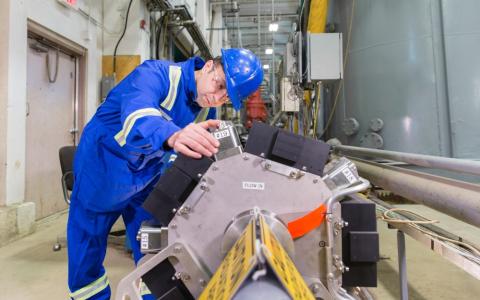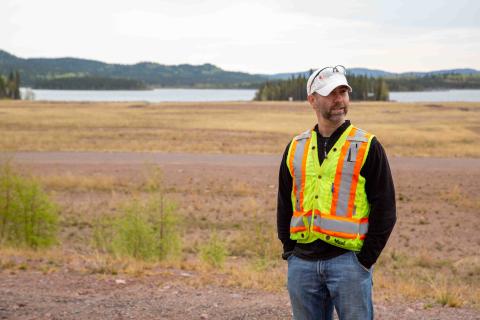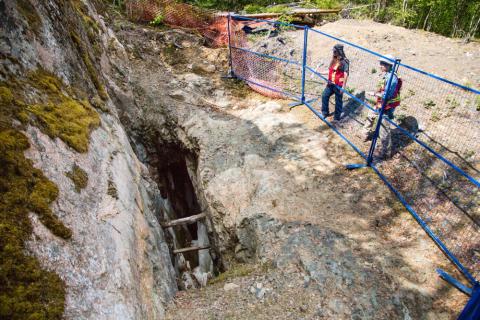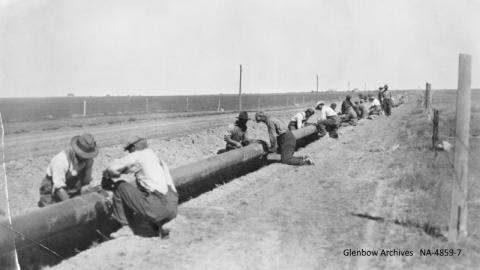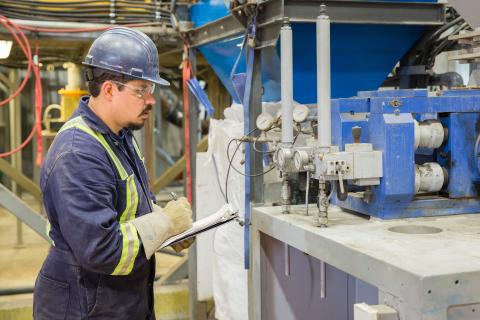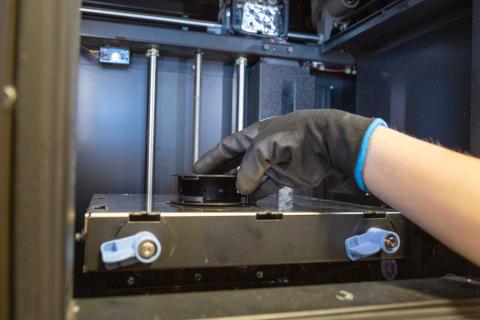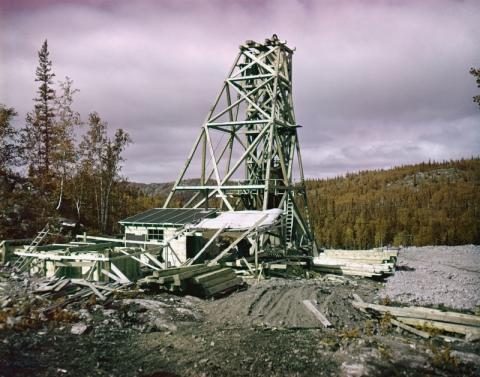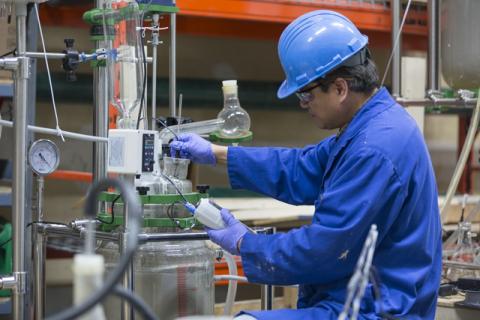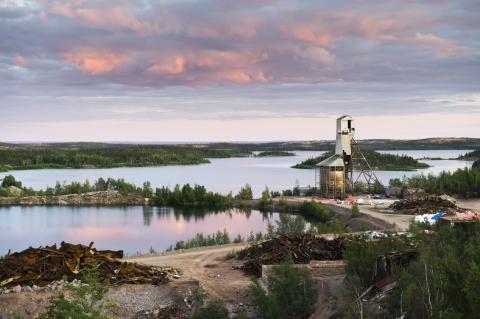Inside SRC
Understanding what goes on inside a slurry pipeline is a complex matter. SRC's Gamma Ray Tomography unit uses multiple gamma-ray sources and sensors to produce real-time images of the density of the pipeline contents at top-notch speeds.
Ian Wilson leads a team of scientists, engineers and project managers who are remediating 37 abandoned uranium mine sites scattered across remote areas of northern Saskatchewan. Learn what makes this project and the remediation team unique.
When many of uranium mines in northern Saskatchewan were abandoned in the 1950s and 60s, openings to mine workings were left without proper closures and pose a risk to public safety. SRC has been working with local contractors and consulting engineers to build proper mine closures. There are several methods available, depending on the type of opening and the site conditions.
Oil pipelines are a transport mechanism to get a vital resource from its origin to its users. In the case of oil, it is helpful to know a bit about its origins too, in Canada and more broadly. Take a trip back in time.
When a mine operation evaluates how well its plant is performing, it’s important they have reliable, accurate data to compare the present to the past. A plant audit can provide clarity about how a plant is performing as a whole to help improve recovery rates. Learn more.
You may be familiar with the gadgets a home 3-D printer can produce, but engineering 3-D printed parts for industry is a different game. With strength and stiffness requirements, load-carrying parts and mechanical components are slow to find their way to critical applications. Learn more.
The Internet of Things (IoT) connects ordinarily mundane devices to the Internet to give you greater knowledge and control of their functions.The Industrial Internet of Things (IIoT) is simply the IoT in an industrial setting. But unlike consumer-grade appliances like refrigerators and toasters, industrial machinery and scientific instrumentation require a few more checks and balances.
The Nicholson Mine was the first uranium mine to be developed in Saskatchewan. In 1949, it was the only active uranium mine in Canada outside the Northwest Territories. By 1959, the Nicholson ore body had been essentially depleted, but the Nicholson Mine had played its role in helping Canada become one of the largest uranium producers in the world. Learn more about the challenges of developing and operating this mine.
The demand for lithium is projected to increase 73 per cent by 2025. Lithium extraction is often expensive and time consuming, so how can mining companies keep up with this fast-rising demand? Keep reading to learn about new advances in lithium recovery technologies.
The Gunnar Mine and Mill Site was abandoned with little to no decommissioning after it ceased operation in 1964, leaving behind significant hazards to the environment and public. Learn about the decades after the Gunnar Site closed and what's being done to remediate the land.
